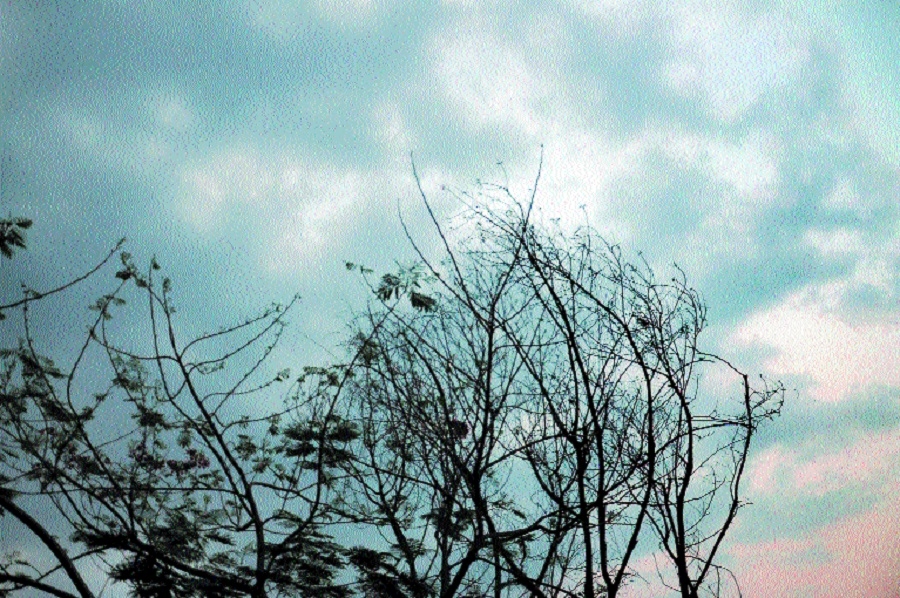Monsoon to take a break in Vid after 15th
| Date :09-Jul-2019 |

Staff Reporter:
Nagpur, Chandrapur, Yavatmal, Akola, and Amravati may experience mild rains favourable for agricultural activities
After a good spell of rains for last couple of weeks, Vidarbha will experience lull in monsoon. According to Skymet Weather, monsoon will get week in Vidarbha as it has become in other parts of the country, after July 15. Currently, moist winds are blowing over Vidarbha and the region is likely to have cloudy sky conditions with light rain for next 48 hours.
Chances of moderate rains in some parts of the region are forecast. Similar conditions would prevail for the next three to four days, stated Skymet. The Weather department also stated that places like Yavatmal, Chandrapur, Nagpur, Akola, and Amravati may have light rains in coming days. The good news is, rains would be highly beneficial for all types of crops. Despite moderate rains this year, rainfall deficit in Nagpur division is highest in Wardha district which is -41%. While Gondia and Bhandara also have deficit at -35% and -30% respectively. Position of Nagpur district is better as it has a deficit is -21% followed by Chandrapur (-23%) and Gadchiroli (-23%).
The Low Pressure area over Uttar Pradesh and adjoining Madhya Pradesh would be fading away soon resulting in drastic decrease in rainfall over central parts of the country. Rajasthan, Madhya Pradesh, Chhattisgarh, Odisha, Gujarat, most parts of Maharashtra and entire South Peninsula will witness subdued to scanty monsoon rains post July 15.
“Normally, dry spell during monsoon occurs for 7 to 10 days and some time it gets extended to about 20 days. At present mild rains occurring in city are due evaporation of water from local water bodies and moisture in the atmosphere,” said a weathermen of Regional Meteorological Centre (RMC), Nagpur while talking to ‘The Hitavada’.
Poor rains in June severely affect sowing of pulses
The onset of monsoon in June ended on a poor note across Maharashtra. Rains were less and the deficiency kept climbing, and by the end of June, the cumulative shortfall was 33%, stated Skymet in a press release. Though some good rainfall was observed during the last week of June, poor rain for the most part of the month seriously hit the farmers as it delayed sowing of some of the crops. According to the data available with Skymet, sowing of pulses took a blow in June and July as it is down by 72% compared to the previous year. Maharashtra, with 20.613 lakh hectares of land under the cultivation of pulses - major pulses growing state- has been the worst affected. So far, sowing in the state has been done on 0.373 lakh hectares of land compared to 5.643 lakh hectares in 2018. Among all pulses, a major decline in the area has been seen for Tur. By the end of first week of July, sowing was done only on 0.84 lakh hectares as against 3.69 lakh hectares in the same time last year. Tur sowing starts in the month of June and ends in July. Timely sowing of Tur is important as delay in sowing leads to yield loss.